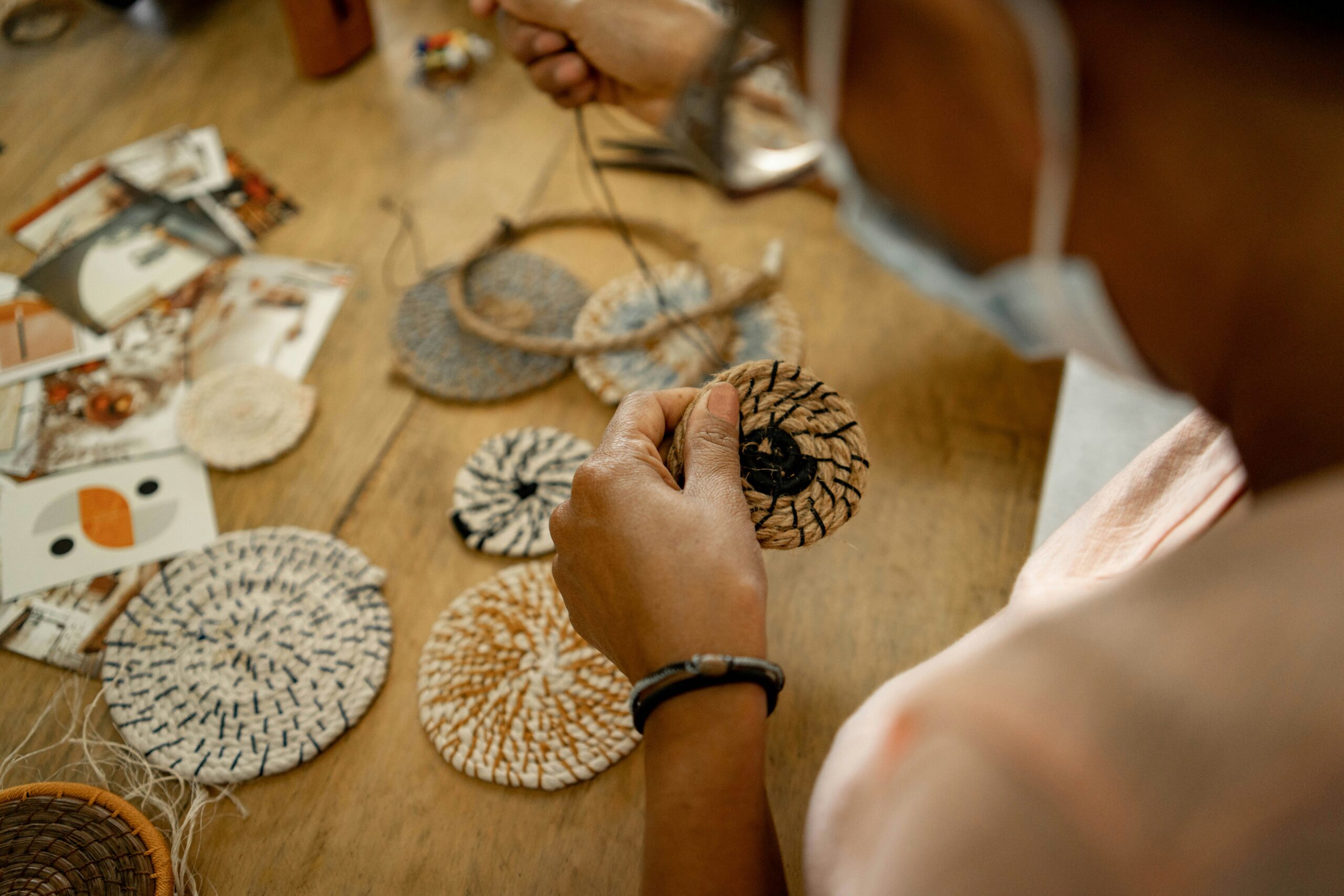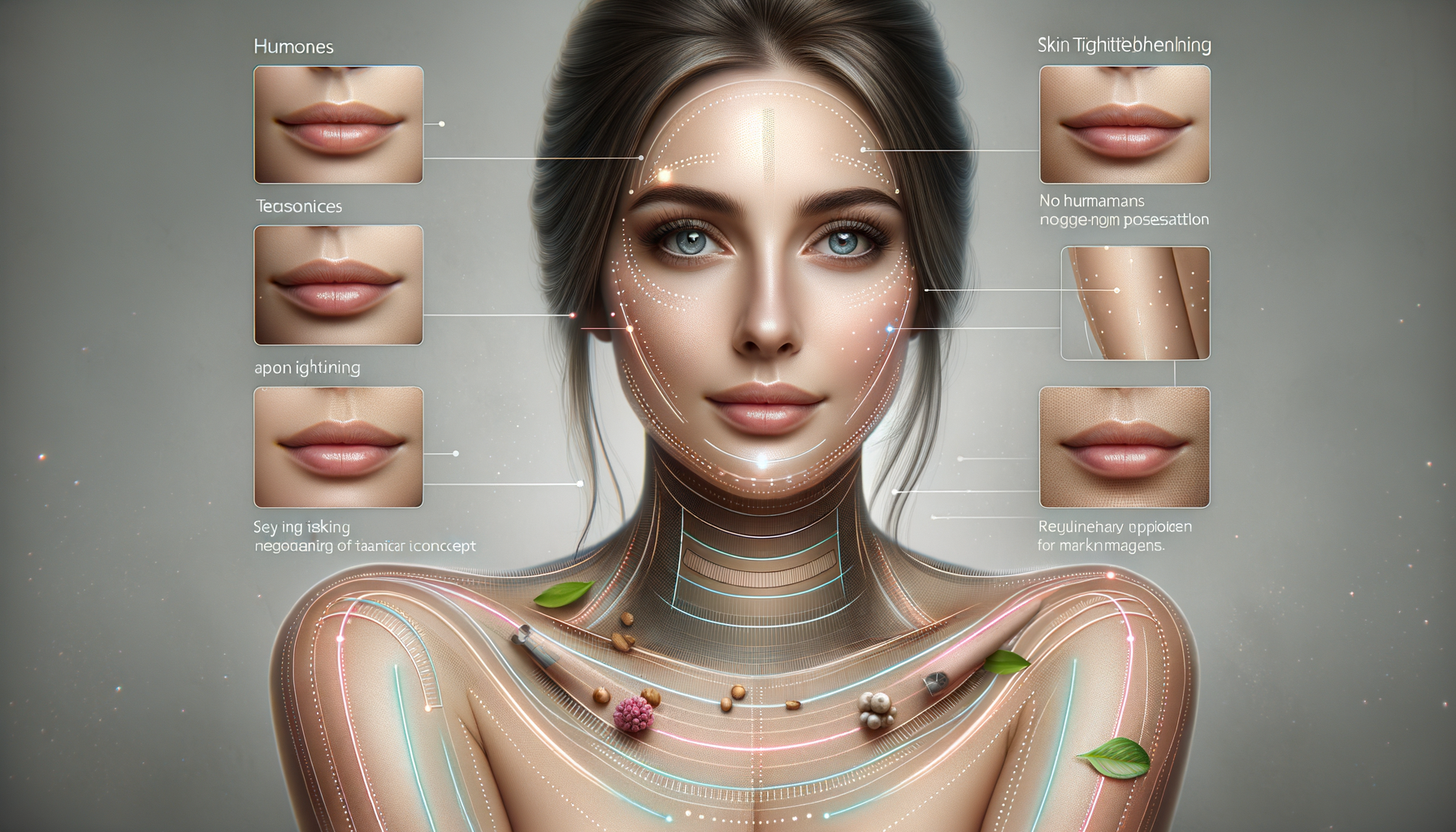The Science Behind Skin Tightening
Skin tightening is a popular cosmetic procedure aimed at reducing the appearance of sagging skin and enhancing firmness. The science behind skin tightening revolves around stimulating collagen production, a vital protein that maintains skin elasticity and strength. As we age, collagen production naturally decreases, leading to sagging and wrinkles. Various methods, such as laser treatments and radiofrequency, are employed to rejuvenate the skin by promoting collagen synthesis.
Laser treatments use concentrated light energy to penetrate the skin, heating the underlying layers. This process triggers the body’s natural healing response, leading to increased collagen production. Radiofrequency treatments, on the other hand, utilize electromagnetic waves to heat the dermis, stimulating collagen and elastin production. Both methods have shown promising results in improving skin texture and elasticity.
Several factors influence the effectiveness of these treatments, including skin type, age, and the specific technology used. While laser treatments are generally suitable for lighter skin tones, radiofrequency can be effective across a broader range of skin types. It’s essential to consult with a qualified dermatologist to determine the most appropriate treatment for individual needs.
- Stimulates collagen production
- Improves skin elasticity
- Variety of techniques available
- Consultation with a dermatologist recommended
Non-Invasive Skin Tightening Options
For those seeking non-invasive skin tightening options, there are several techniques available that offer convenience and minimal downtime. One such method is ultrasound therapy, which uses sound waves to penetrate deep into the skin layers, promoting collagen production without damaging the surface. This treatment is particularly effective for tightening the skin around the face and neck.
Another popular non-invasive option is micro-needling, which involves using fine needles to create micro-injuries in the skin. This stimulates the body’s natural healing process, resulting in increased collagen and elastin production. Micro-needling is versatile and can be used on various parts of the body, including the face, neck, and hands.
Non-invasive treatments are generally well-tolerated and require little to no recovery time, making them ideal for individuals with busy lifestyles. However, it’s important to note that multiple sessions may be necessary to achieve desired results, and maintenance treatments may be required to sustain improvements.
- Ultrasound therapy for deep penetration
- Micro-needling for versatile application
- Minimal downtime
- Multiple sessions may be required
Maintaining Results and Enhancing Skin Health
Achieving skin tightening results is only part of the journey; maintaining those results is equally important. A comprehensive skincare routine can help prolong the effects of skin tightening treatments. Incorporating products rich in antioxidants and peptides can support collagen production and protect the skin from environmental damage.
Regular hydration and sun protection are crucial components of any skincare regimen. Using a broad-spectrum sunscreen daily can prevent UV damage, which accelerates skin aging. Additionally, staying hydrated supports skin elasticity and overall health.
Healthy lifestyle choices, such as a balanced diet and regular exercise, also play a significant role in maintaining skin firmness. Foods rich in vitamins C and E, omega-3 fatty acids, and zinc are particularly beneficial for skin health. Exercise promotes circulation, delivering essential nutrients to the skin and aiding in the removal of toxins.
- Comprehensive skincare routine
- Importance of hydration and sun protection
- Healthy lifestyle choices
- Balanced diet and regular exercise








